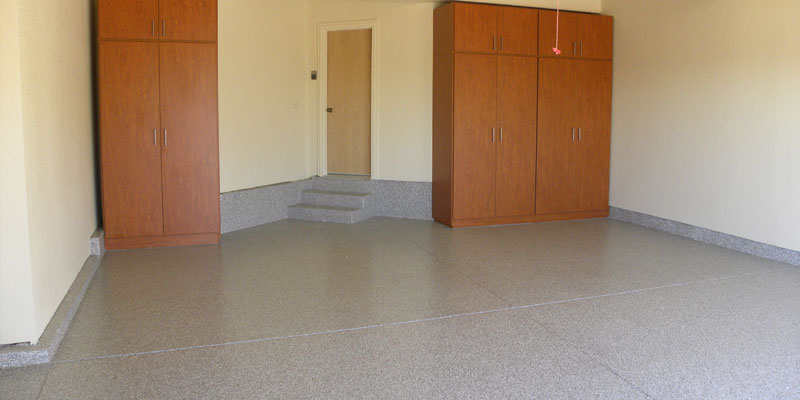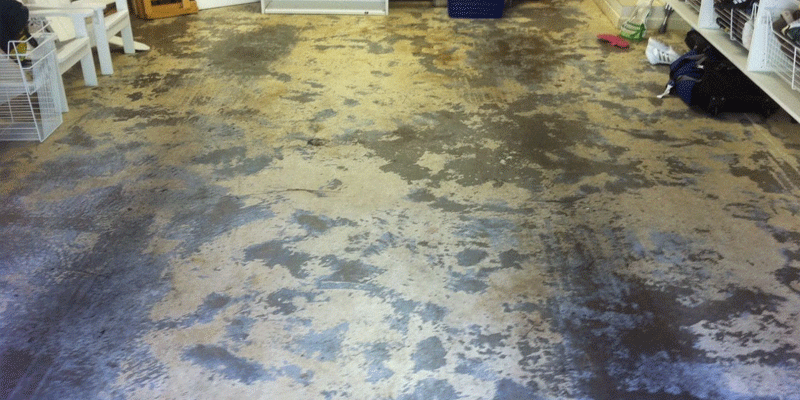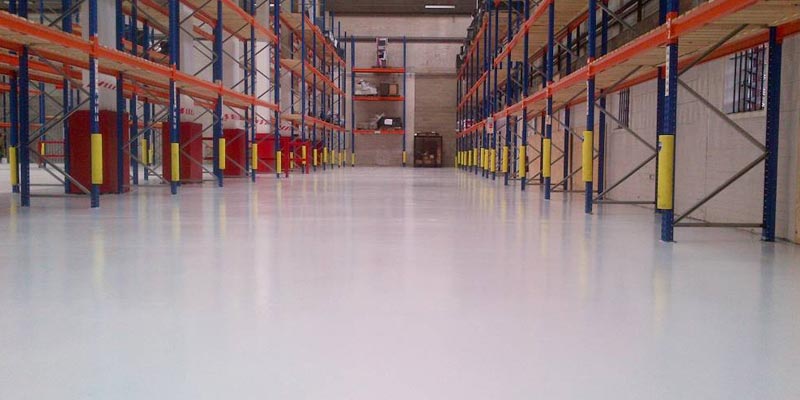Most Common Garage Epoxy Damage and Repair Tips

Epoxy floors are becoming increasingly popular in homes and businesses due to their durability and easy maintenance. However, like all flooring, epoxy is not indestructible, and damage can occur. The most common type of epoxy damage is chipping or cracking, which can be caused by dropped tools or furniture, heavy traffic, or everyday wear and tear. If your floor is starting to chip or crack, you will need to do a little bit of repair work, and this article will show you how to tackle the most common problems.
What is Epoxy?
Epoxy is a type of resin that is used to create a hard, durable coating. It is often used on floors because it is very resistant to wear and tear and easy to clean. Epoxy comes in two parts, the resin and the curing agent. The two parts are mixed together and then applied to the floor. Once it dries, the epoxy will create a hard, shiny surface. Epoxy is available in a variety of colors, so you can choose the perfect color for your home or business.
How to Repair Common Epoxy Flooring Problems
There are a few different ways to repair common epoxy flooring problems. The best way to fix your floor will depend on the severity of the damage and the size of the area that needs to be repaired.
Small Chips and Cracks
If you have small chips or cracks in your epoxy floor, you can use an epoxy repair kit to fill in the damage. These kits are available at most hardware stores. Simply follow the instructions on the package to mix the epoxy and apply it to the damaged area. Once it dries, you will need to sand down the area so that it is smooth with the rest of the floor. Whether you use a repair kit or not, you will need to touch up the area with fresh epoxy to ensure that the damage is properly sealed.
Large Chips and Cracks
If you have large chips or cracks, you will need to remove the damaged epoxy and replace it with new epoxy. This is a more difficult process, and it is best to hire a professional to do the job if you are not confident in your ability to do it yourself. With large chips or cracks, it is also important to make sure that the area is properly cleaned and repaired before you apply the new epoxy. Otherwise, the damage will simply occur again.
Scratches
Scratches are one of the most common types of epoxy damage. They can be caused by dropped tools, furniture, pets, or even high heels. To repair scratches, you will need to sand down the area until the scratch is no longer visible. Once you have sanded down the area, you will need to touch up the epoxy with a fresh coat. On dark floors, you may need to apply a second coat of epoxy to completely cover the scratch. The good news is that once you have repaired the scratch, it will be almost impossible to see.
Stains
If your epoxy floor becomes stained, you can use a strong cleanser to remove the stain. However, you need to be careful with cleaners as some of them can damage the epoxy. If you are unsure about which cleaner to use, you should always test it on a small area first. Once the stain has been removed, you will need to touch up the area with fresh epoxy. Stains can be difficult to remove, so it is best to hire a professional if you are having trouble getting rid of them.
Discoloration
This is another common problem with epoxy floors. It can be caused by sunlight, spills, or even cleaning products. To fix discoloration, you will need to sand down the area until the discoloration is no longer visible. Once you have sanded down the area, you will need to touch up the epoxy with a fresh coat. Discoloration can be difficult to remove, so it is best to hire a professional if you are having trouble getting rid of it.
Preventing Epoxy Damage
The best way to deal with epoxy damage is to prevent it from happening in the first place. Here are a few simple tips to prevent epoxy damage:
Use doormats – Placing doormats at all entrances will help to prevent dirt, sand, and other debris from being tracked onto the floor.
Clean up spills immediately – It is important to clean up any spills as soon as they happen. Otherwise, the spill can stain or discolor the epoxy.
Avoid using harsh cleaners – Harsh cleaners can damage the epoxy and cause it to degrade over time. Stick to mild soaps and avoid using abrasive scrubbers.
Don’t use waxes or polishes – Waxes and polishes can leave a residue on the floor that is difficult to remove. If you need to shine your floor, use a high-quality acrylic sealer instead.
Epoxy is a great option for garage floors because it is durable and easy to maintain. However, like all flooring materials, it is not immune to damage. By following these simple tips, you can prevent epoxy damage and keep your floor looking new. Knowing what to do if damage does occur is also important. With these tips, you can fix any type of epoxy damage quickly and easily.




